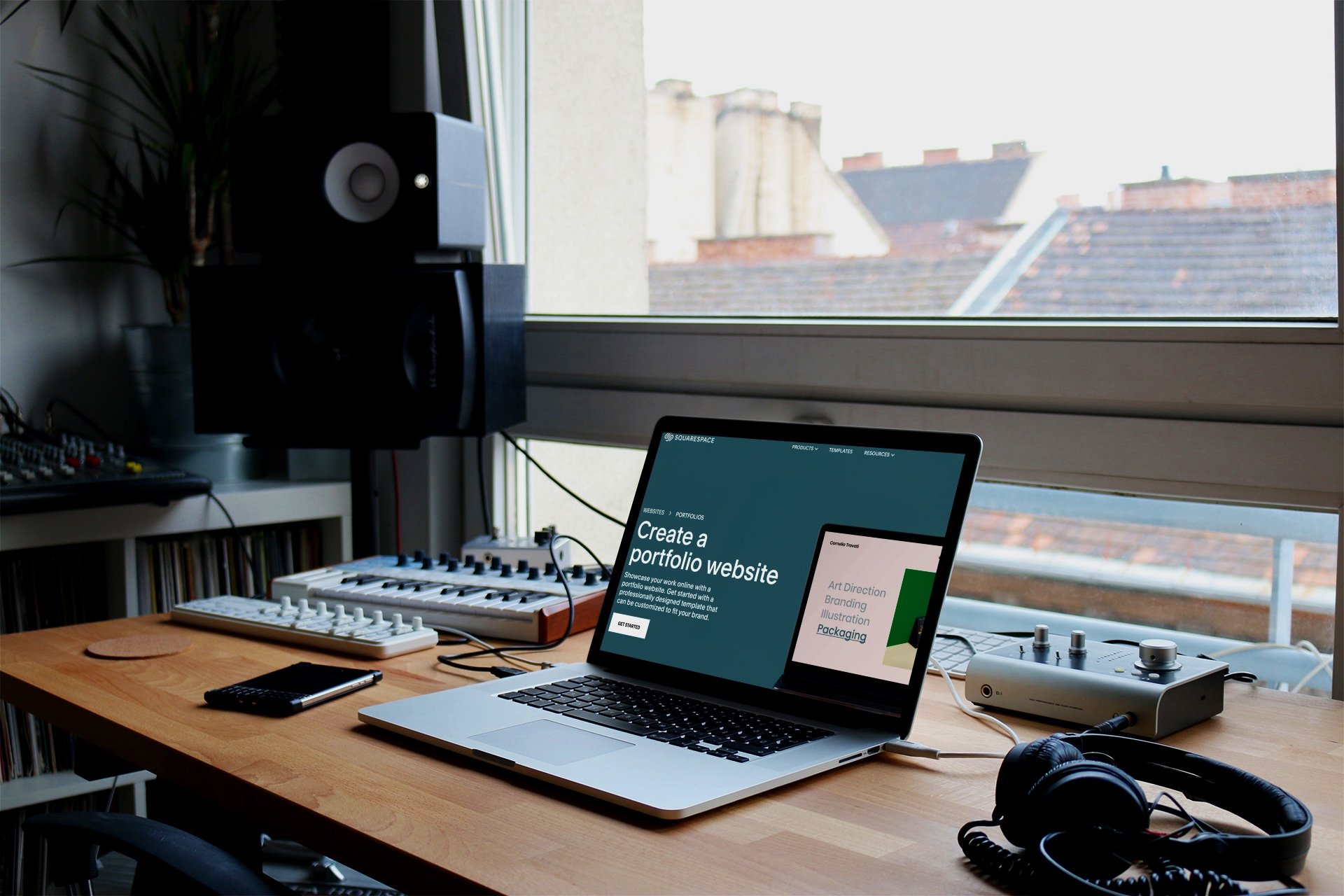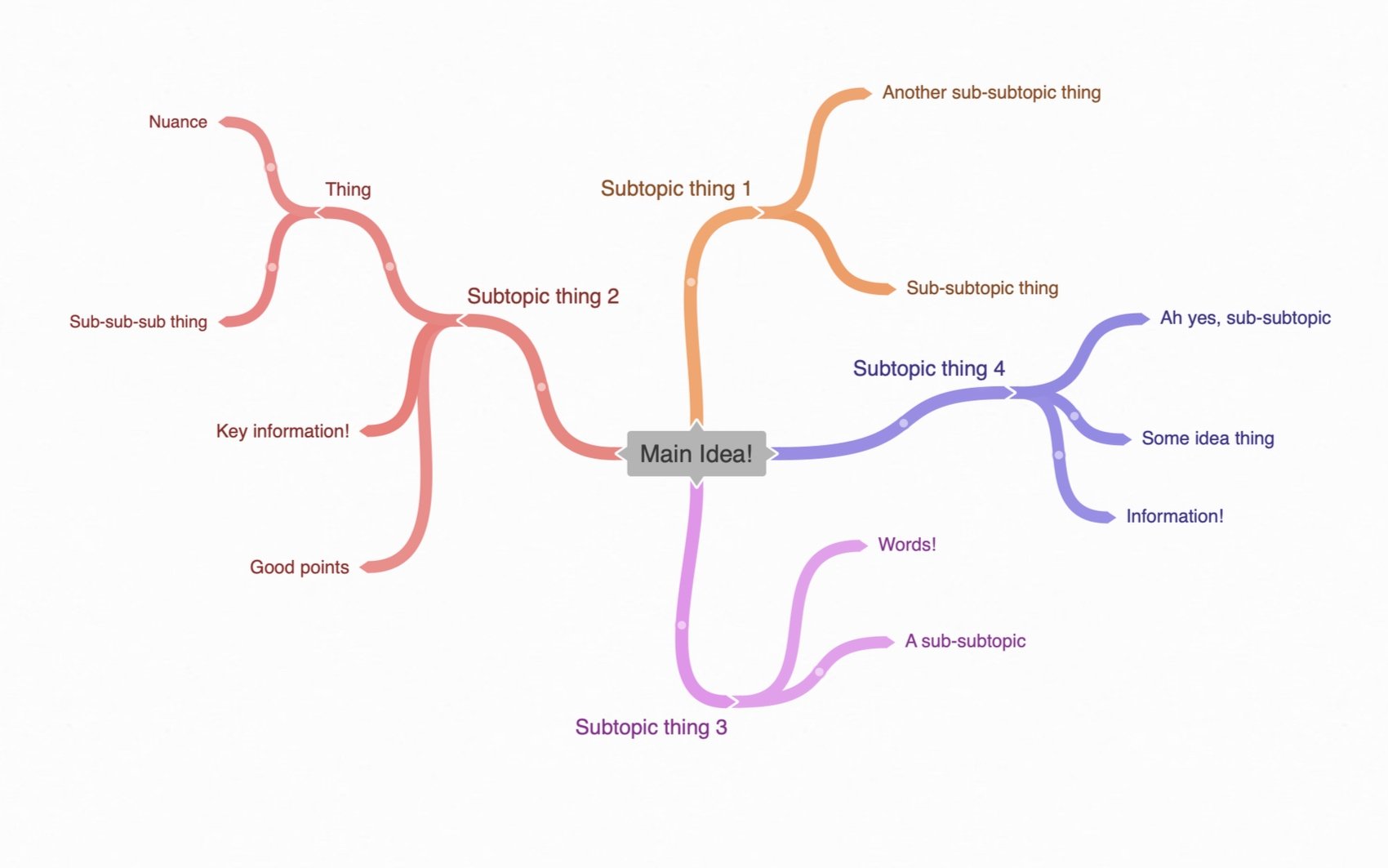10 Clever Ways to Make Your Music More Interesting
Western music only has 12 notes. Spotify has over 80 millions tracks on its platform. And while there’s no official count, there are likely hundreds of millions of musicians worldwide making amazing things.
So how can we stand out? Welcome to my list of unique ways to make your music more interesting.
Of course, I should note that you do not need to be more interesting or aim for unique perfection – music is subjective and should first and foremost be fun and an honest artistic expression.
Still, I’ve researched this topic pretty deeply – and have done some self reflection on how I’m doing this myself – and I’ve come up with a list of ideas I feel are particularly helpful and clever.
So without further ado, let’s jump in and learn how to make your music more interesting.
(but first, let’s look at why music is enjoyable in the first place)
What Makes Music Interesting and Enjoyable? The Science
Music is a universal part of the human experience. It’s cultural, historical and social. It’s so many things – but what makes it so interesting and enjoyable for us?
Let’s see what science has to say.
First off, music influences deep emotional centers in our brain. This makes sense. We all feel emotionally connected to our favorite tunes.
And according to the National Alliance On Mental Illness (NAMI), music also releases dopamine, can help slow your heart rate and deepens your breathing. Crazy.
Music triggers the reward system in our brains and can provoke a universally felt experience (regardless of preference).
Essentially, music makes our brain happy and excited. It drives emotions, memories and connects us with each other in a deeper, more meaningful way.
So consider these physiological reactions when you’re writing your own music and looking for ways to make it more interesting.
For example, is your tempo energizing and releasing dopamine or is your song an emotional trip full of nostalgia?
Writing music with a goal and focus on the listener’s physiological response could be a unique idea for songwriting in itself.
But let’s move on to my actual list for how to make your music more unique.
How to Make Your Music More Interesting: 10 Smart Ideas
The ideas below are not an exhaustive list. There are many more options and ideas – but many of those concepts can feel a bit generic.
So I’ve tried to limit this list to only include unique ideas and more novel ideas (that I haven’t seen covered as much in similar posts).
These are things I do personally and ideas from research. So I hope they spark some inspiration for you!
Now let’s get it.
1. Record Your Own Sound Design
Sound design is a big topic in filmmaking and music. Adding interesting effects, sounds and nuances can really make a song pop (and stand out).
But taking things one step further, we can record our own sounds and effects.
For example, one of my core music themes and brand elements is travel. So while wandering around the globe, I capture sounds from abroad and use them as part of my music.
It’s a unique layer. And while many of these elements may go unnoticed to the casual listener, I believe these things accumulate and can seep into the subconscious music mind.
Done enough, I’m hoping to end up with a unique sound, process and twist to the songwriting standard.
2. Use Yin + Yang Theory
Yin and yang theory means that things in this universe are governed by contrasting, or opposing forces. Balance.
We can leverage this idea in music. In fact, most of us already do this. But we can add more intention to the idea and take it up a notch or two.
For example, I love to use dissonance and disharmony to lead up to some release (often to a major chord progression) that highlights the change more impactfully.
It feels good for the listener and the writer. It’s like storytelling with sounds. The drama, the conflict, the character “flaws”, the resolve…
Using complex dissonance for extended measures can make a simple major chord transition sound super unique. Where else can we make a C chord stand out like an effing unicorn?
Using minors and dark sounds to introduce a clean and happy chorus adds balance and is satisfying to hear. Using dissonance takes things one step further.
3. Use Tension + Delayed Resolution.
Dissonance wants resolution. We can work off this idea for another tip: using tension and build up with unexpected and delayed resolution.
The idea here is to build up a song, and just when the listener is expecting some change, release or drop – nothing happens. You don’t do it.
It’s almost irritating. Like nails on a chalkboard.
But then, the song starts building up again. Will it finally resolve this time?
It’s up to you.
4. Blend + Layer (Audio-Based) Arts
I’m all for blending and layering passions and artistic verticals. It’s the whole inspiration behind my own brand.
But the idea here is to add an extra layer of intrigue to our music.
For example, you could blend your music with storytelling by talking through a short story in your verses but singing in the chorus.
Alternatively, you could narrate some personal opinion or point of inspiration – almost like a vlog-style, inspirational travel video – but with music.
Music doesn’t always need to be sung, played and organized according to best practices.
So branch out and make the song a story or conversation. You could end up with a really unique result.
5. Use More Syncopation (or Play With Different Time Signatures)
Playing with unintuitive time signatures (such as a 5/4) can add drama and interest to a song. You could also blend different time signatures together (such as adding a 3/4 loop on top of a 4/4 signature).
Or if you really want to throw the script out the window, you could hop between different time signatures within the same song (for example moving from a 2/4 to a triple metered chorus).
Remember, there are rules…but there are no rules, really.
6. Split Up Chord Notes + Play Each By Different Instruments
Who says we need to play every note of a chord using the same instrument?
Let’s say we have a basic C chord. Now imagine you play each note of that chord (the C, the E, the G, and so on) using a different instrument.
That’s a unique and different sound.
You could do this to highlight certain chords or to make a chorus really pop.
Either way, it’s an interesting way to rearrange old ideas and reimagine basic chords.
7. Rearrange the (Expected) Song Script
You know the old art adage from Picasso: “Learn the rules like a pro, so you can break them like an artist”.
And songwriting has a lot of “rules” and scripts. But we don’t need to follow them all (although we should know them).
Everyone knows how this one goes (and the listener often expects it):
Intro/Verse 1
Prechorus
Chorus
V2
Prechorus
Chorus
Bridge
End chorus (with a twist!)
Peace out
So the idea here is to mix things up.
Delete things, add items, rearrange the format. Have fun and be willy nilly with things here. This will surely add some intrigue.
8. Use Language
I lived in Japan for a few years and one thing that always stuck out to me with many musicians is their blending of languages.
Namely, the use of English at certain points in a song. It could be just a single word, or a whole chorus.
Or it could be flipped and the whole song is in English – except the second verse is in Japanese.
As a musician, artist and traveler (who studied anthropology at university), I love this.
So play with this concept and consider how the language you use in your music could be altered or used differently.
It could also be an interesting opportunity to actually learn a different language (or do some awesome collabs with someone).
9. Differentiate + Make A Song Creatively Difficult or Nuanced
Differentiation is often discussed in the context of business and marketing. But musicians should leverage this idea too – especially when exploring your brand and what makes you unique.
Essentially, the idea here is to make a single song stand out and differentiate in some unique and creatively tricky way.
For example, you could try to write a song that only uses one note. How could you add layers, drama and development in a song that only has one note? It’s a creativity box that requires innovative thinking and use of other sound effects, octaves and volume control.
It could be fun. And besides, if John Cage can write ‘4’33’, then I say writing a one-note song is also “allowed” (aka, do whatever you want – there are no rules).
10. Blend Genres (or Create A New One)
Create a genre…hmm, easier said than done? Perhaps. But hear me out.
Let’s imagine you have a pop intro and first verse – let’s imagine a Shawn Mendes-esque type of vibe.
Now imagine a screamo-inspired, double bass-filled chorus. Let’s use A Skylit Drive as our next inspiration.
That’s pretty unique.
Whether it’s a pop song turned screamo or a Jack Johnson style vibe blended with electronic breakdowns, blending genres can be a fun exercise to explore for making your music sound more interesting.
Because I mean, hey, why not?
Want More? Check Out These Sweet Reads!




